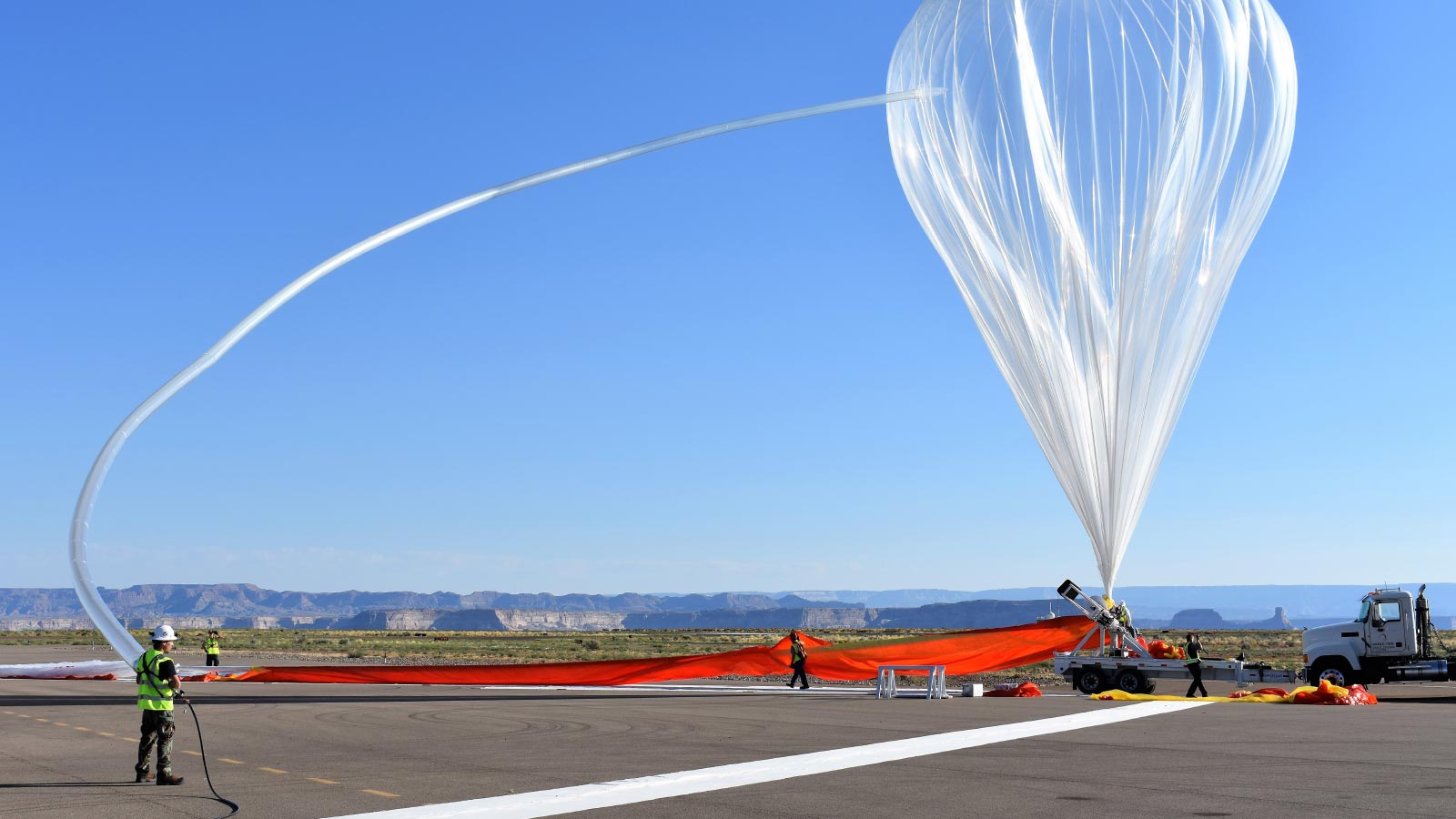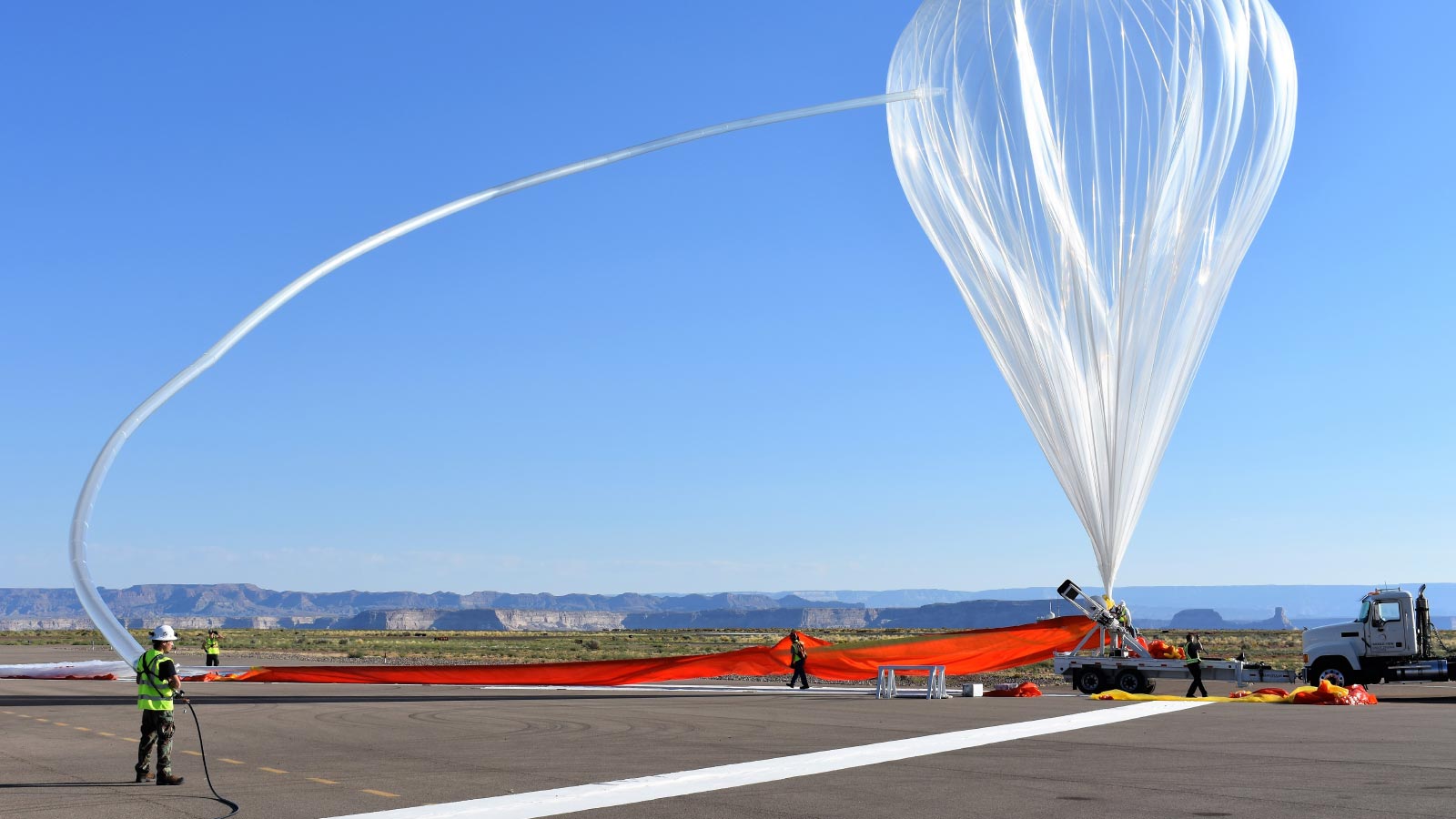Okay, so balloon satellites, right? Everyone thinks space exploration needs giant metal rockets and billion-dollar machines. My mind drifted back to this project I got tangled up with last summer. Felt like I was chasing a sci-fi dream, honestly.

How the idea started knocking around
It all began when I stumbled on some dusty NASA papers from like… the 1950s? These guys were messing with balloons way up near space before satellites were even a regular thing. Blew my mind. Cheap platforms just floating way up there? Seemed too simple to ignore. I started digging through university garage sales, hunting for parts like a raccoon. Found this huge, kinda wrinkly weather balloon in my uncle’s shed – smelled like old tires, but free is free.
The chaos of the first launch attempt
I decided to strap a busted GoPro I had lying around to the balloon. Built a payload box from scrap foam and duct tape – elegant engineering, yeah? Filled that balloon in my backyard using a $20 tank of helium from the party store. Things got tense quick. The wind grabbed it like it owed money before I could even clip everything tight. Camera was dangling, the balloon jerked sideways, and… pop. Literally burst on a pine tree. Spent two hours peeling shredded latex off branches while my neighbor cackled over the fence. Learned fast:
- Helium is slippery and expensive
- Cheap balloons hate pine trees
- Neighbors enjoy failure more than you
Getting stubborn (and smarter)
After crying over helium costs, I switched to a thicker balloon – one actually made for altitude. Rigged up Arduino sensors to track temperature and pressure using YouTube tutorials. Tested it by freezing the thing in my fridge and baking it in my oven like a weird science meatloaf. For the next launch, I drove to the middle of nowhere – flat, treeless scrubland. Let that balloon go slow. Watched it shrink to a dot over 30 minutes, heart pounding. Then… the signal died. Just gone. Turns out I’d used flimsy hobbyist radio gear that couldn’t punch through the atmosphere. Lesson two: space eats weak signals for breakfast.
Why this headache matters
Failed twice? Fine. But here’s the big “aha” moment I couldn’t shake: when it did work, even briefly? Costs pennies versus rocket math. Imagine launching hundreds of these dumb balloons worldwide. Students could track wildlife migrations, farmers could monitor droughts, small countries could get eyes in the sky without selling a kidney. Regular satellites cost millions to build and launch. These?
- Survive on shoestring budgets
- Can blanket huge areas fast
- Burn up clean if they fail – no space junk armageddon
No, they won’t replace Hubble or Starlink, but for spamming Earth’s near-space with sensors? Could be revolutionary.

The messy truth
Look, balloons drift. They pop. Batteries freeze. Tracking ’em is like chasing drunk moths. But seeing my janky DIY rig touch the edge of space – that’s pure possibility. Big agencies are quietly tinkering too. Saw a clip last month where a university snagged crystal-clear desert images from a balloon rig that cost less than my laptop. Felt vindicated, honestly. Space exploration’s been a country club for decades. Balloons? They’re crashing the gate. Still got burns on my fingers from soldering junk sensors together, but damn… it’s a door worth kicking open.
